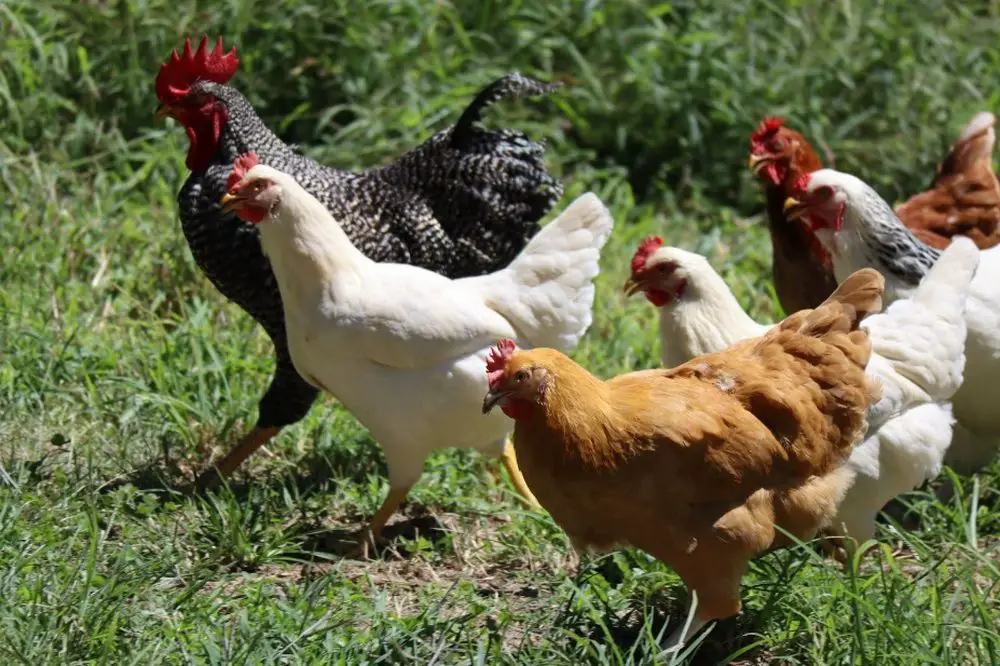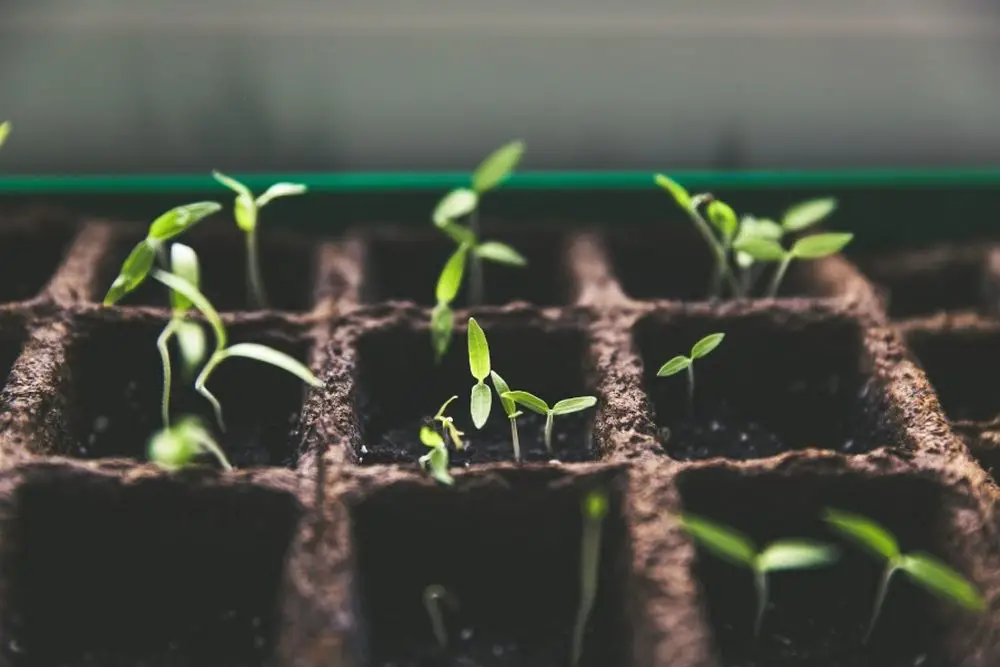Starting a small backyard farm from the comfort of your backyard can be an overwhelming adventure. However, it can also be a fulfilling and rewarding experience where you can grow your foods, such as fruits, vegetables, and herbs, and raise livestock for eggs, milk, and meat.
Contents
- 1 10 Steps to Establishing a Small-Scale Farm in Your Backyard
- 1.1 Step 1: Determine Your Farming Goals
- 1.2 Step 2: Assess Your Backyard Space
- 1.3 Step 3: Plan Your Farm Layout
- 1.4 Step 4: Prepare Your Soil
- 1.5 Step 5: Select Your Crops
- 1.6 Step 6: Choose Your Livestock
- 1.7 Step 7: Purchase Equipment
- 1.8 Step 8: Build Your Structures
- 1.9 Step 9: Maintain Your Farm
- 1.10 Step 10: Enjoy the Fruits of Your Labor
- 2 Wrap Up
10 Steps to Establishing a Small-Scale Farm in Your Backyard
Are you ready to turn your farming dreams into a reality? Get excited because we’ve got ten steps to help you create a small and thriving backyard farm! Follow along and let’s get started on this exciting journey.

Step 1: Determine Your Farming Goals
Before you start building your backyard farm, it is essential to define your farming goals. You need to determine what you want to grow or raise. Ask yourself if you want to grow your own produce, raise chickens for eggs, start a herb garden, or create a small beekeeping operation.
Your goals will help determine how much time and resources you are willing to commit. They will also help you know the type and amount of equipment, space, and investment required.
A clear vision of your goals will help you plan and make the right decisions moving forward.
Step 2: Assess Your Backyard Space
The next step is to assess your backyard space. Consider the size, shape, and layout of your property, as well as the soil quality, sunlight exposure, and drainage. Determine the area you have available for crops, livestock, and tools.
Spend time researching and gathering information about the type of farming you want to do and the area where you want to start your farm. Look for farming groups and extension services in your area that offer workshops and classes on how to farm.
Once you have done your research, you may need to adjust your goals based on your space. Some livestock needs large plots to graze, and not all produce will grow in your area. You may also realize you do not have the time to dedicate to achieving your original goals.
Step 3: Plan Your Farm Layout
Once you’ve assessed your backyard space, it’s time to plan your farm’s layout. Make a plan for your farm that includes everything you will need, such as preparing the land, irrigation, animal shelters, fencing, and tools.
Consider the size and placement of your crops, the type and size of livestock you want to raise, and the location of any equipment or storage areas. Ensure that your farm layout is efficient and considers the needs of your crops and animals.
Step 4: Prepare Your Soil
Once you have well-defined goals and a plan in place, you will need to prepare the land for your crops and livestock. Preparing your land is an essential step in setting up your small farm. Clear any brush, weeds, or rocks, and take steps to improve the soil quality.
Healthy soil is essential for a productive farm. Test your soil to determine its pH levels and nutrient content. Based on the results, amend the soil with compost, manure, or other organic materials to improve its fertility.
You might want to use raised garden beds or containers to control the soil quality and lower the risk of pests and diseases. You should also plant pasture seed to ensure your livestock can graze.
Step 5: Select Your Crops
Once the soil is ready, you can buy crops, either as plants or seeds, and begin planting. Select crops that are well-suited for your backyard environment and farming goals. Consider the climate, soil type, sunlight exposure, and water requirements of your crops.
Start with a few easy-to-grow vegetables, such as tomatoes, peppers, and lettuce. As you gain experience, you can expand to more challenging crops such as corn or pumpkins.

Step 6: Choose Your Livestock
If you plan to raise livestock, choose breeds that are well-suited for your backyard environment and farming goals. Consider the space and resources required for each animal, as well as the feed, water, and shelter needs. Chickens, ducks, and rabbits are popular choices for backyard farms due to their small size and easy-to-manage nature. Cows, goats, and pigs are less popular for small farms because they need more space and are not as beginner-friendly.
Step 7: Purchase Equipment
Having the right equipment is essential to starting your backyard farm. Depending on your farming goals, you may need tools like shovels, rakes, and hoes. You may also need to install irrigation systems, fencing, and animal feeders. Consider investing in high-quality equipment that will last for many years and withstand the wear and tear of regular use.
Step 8: Build Your Structures
Depending on the type of crops and livestock you plan to raise, you may need to build structures such as coops, sheds, or greenhouses. You must ensure that your structures are sturdy and safe for your animals and crops. Consider using recycled materials or building structures yourself to save money.
Step 9: Maintain Your Farm
Maintaining your backyard farm requires regular attention and care. You need to continuously work on and improve your farm to ensure its success. As part of this maintenance, you might have to water, weed, prune, harvest your crops, and clean and feed your animals.
You should also regularly assess your infrastructure and processes and be on the lookout for ways to improve efficiency and increase profits. Regular maintenance will ensure that your farm stays healthy and productive.
Step 10: Enjoy the Fruits of Your Labor
After months of hard work, it’s finally time to harvest your crops and benefit from your livestock. Be sure to pick fruits and vegetables at the peak of ripeness for the best flavor and nutritional value. Learn how to store and gather milk and eggs properly. Store your produce in a cool, dry place, and enjoy the fruits of your labor.
Wrap Up
In conclusion, creating a small backyard farm is a rewarding and fulfilling experience. With proper planning, preparation, and execution, anyone can turn their backyard into a small farm. By following these ten steps, you’ll be on your way to creating a thriving small farm right in your backyard where you can enjoy fresh, healthy produce and a more sustainable way of life.




